Back in February of last year (2018), I spent two weeks in Japan with a friend. We split the trip between one week in the Tokyo area, and the other week driving down until we reached Hiroshima, visiting various points of interest along the way. The points that we stopped at can be seen here:
Through a combination of last year being an excellent one for traveling and me being a lazy person, I’ve still not finished editing up photos from Japan. Because of this, I’ll sometimes be using poor quality mobile phone photos to make points- sorry!
First point- how did I get to Japan? The friend I was travelling with lives in the Netherlands. As it turns out, flights to Tokyo from Schiphol Airport in Amsterdam are only £250 each way. Return flights to Schiphol from Southampton are in the region of £50, making this trip downright affordable!
The flight was 11 hours long, leaving Amsterdam in the mid afternoon and arriving in Tokyo in the early afternoon, thanks to time zones. To pre-empt this I had adjusted my sleeping patterns to be able to sleep on the flight, waking up at roughly the correct time prior to arrival. I don’t sleep well on planes, but c’est la vie. We were both fairly jetlagged when we arrived either way.
Once we were off the plane and had collected our bags, I was straight to the convenience store for caffeine. Here I discovered one of my favorite things about Japan: hot bottled drinks in convenience stores and vending machines. I grabbed a bottle of hot sugary milk tea, and loved it.
When I travel I tend to find that milk in tea is seen as unusual, so learning that this is pretty standard for Japan was wonderful. We also had the opportunity to try out Japanese toilets. If you have heard anything about Japan, it was probably about the toilets- they’re quite famous. These high tech machines have many many buttons, most of which I don’t understand. Some symbols allowed to me to work out the basic options:
-Sound, on or off. Apparently in Japanese culture women are petrified of anyone hearing them using the toilet, and so they used to repeatedly flush the toilet the entire time. Now the toilets play the sound on loop to save water.
-Toilet seat heating, on or off. On is the default, as I firmly believe it should be. Hot drink bottle machines are the top thing I miss about Japan, and this feature is second. Nothing like a toasty warm toilet seat first thing in the morning, let me tell you.
-Jets. On or off, front or back, split or single. This functionality has several modes. Some let you choose angle, some let you manually control it. You can also choose how many angles of attack you would like the interloping water jets to have simultaneously. I tried it, I felt like I should have. Didn’t like it. Felt a bit violated, truth be told. Prior to sitting down I pressed a whole bunch of buttons, which is how I discovered that the jets are quite powerful; it made it out of the bowl and almost got my leg! Thankfully the cubicles also feature toilet roll for us baka gaijins who don’t use the jets.
-Dryers, on or off. To pair with the water jets, the toilets also features a built in dryer. It’s not a feature I made much use of, as I opted out of using the jets. For some it may be a nice treat though.
Toilet odyssey complete, we picked up our lifeline- the magical internet box. The friend I was travelling with is a network admin of sorts, and so cannot really be uncontactable (even on holiday). So, he had grabbed a satellite internet point rental for roughly 10 euros a day. This little box gave us an internet connection wherever we went, and was incredibly useful. Even if you don’t get one of these, I’d recommend trying to get some form of roaming internet access in Japan- it came in handy so many times.
The airport that we flew in to (Narita International) is quite a bit outside Tokyo, so we got the train in to the city. Through the magic of roaming internet we put in to Google that we wanted to go in to Tokyo, and it told us which train we wanted. Through pointing to the Kanji (alongside the anglicised version) of our destination on the phone screen, we were able to purchase tickets.
Catching the train in to Tokyo gave us our first view of Japan proper. The scenery was so different to what I’m used to- different trees and foliage, as well as different building styles. We had opted to get a train in to Ueno station (one of what appears to be the two main stations in Tokyo), as it was near a large park. Going to a park seemed to be a good idea to wake up a bit, and the website said that the station also had bag storage.
Of course when we arrived, all of the large bag storage was taken. Part of the station was shut for renovations, meaning that a lot of the storage space was not accessible. Thankfully though, storage was generally available at every station we visited during the trip- very convenient when we weren’t staying in a single hotel for the entire trip! Near the station in Ueno we were able to find a shop offering bag storage however, so it was OK.
We had a little bit of a wander around the Ueno park. We were in the wrong season for it really. The park features a long boulevard flanked by cherry blossom trees (sakura), which I’m told is beautiful during the spring season. It’s a bit less awe-inspiring in February.
In the entire stretch there were maybe 3 trees that were managing to bloom. These had crowds with cameras around them. I was quite surprised- yes they’re pretty, but surely they don’t demand that much attention? Upon closer inspection, it was not the sparse sakura blossom drawing the attention- it was the Indian Ring Neck parrots wrecking it.
For those that don’t know, Indian Ring Necks are common pet parrots. They are however, quite hardy birds. Wherever they’re released, little enclaves of them sprout up. My friends have seen them in the Netherlands, I’ve seen them in London. Now, they are apparently also in Tokyo. They’re quite cute, even if they are very destructive of the natural environment.
We also visited temples in the park, which I have written about in another post here: https://www.vicharkness.co.uk/2018/03/24/a-visit-to-ueno-park/
The park also features a zoo (which has Pandas!) but we never found the time to visit it.
My friend’s jetlag was kicking in in full force at this point, and so we decided to head to our hotel over in the Sumida district, the Oak Hostel Sakura. This hostel was very nice, and a part of something that we noticed throughout our travels: cheap hotels in Japan are a bit crap. Even the budget ones tended to be a bit pricey, and they were generally small, old, and dirty. Hostels on the other hand were cheap, friendly, and clean. They also often provided the option of private rooms, and so it may as well have been a hotel. The only downside was shared bathrooms, but these tended to be immaculate. This makes up one of my top tips for travelling in Japan: use hostels instead of hotels, if you can.
After we settled in to the hotel, I decided to go for a little wander to try and keep up my efforts for settling in to the new time zone. As the subway didn’t run out to near our hotel, we had taken a bus. During the ride I had spotted a large tower which I later learned was called the Tokyo Sky Tree. I decided to walk back towards it and check it out.
On the walk over I stopped off at a little Pachinko arcade. Pachinko is a game that is hugely popular in Japan. It’s a game which uses small metal ball bearings as tokens. You insert the balls and they are pinged up, and points (i.e. more balls) are awarded depending on where it lands after falling through a peg board. This was explained to me through gestures and a carefully laminated English-language instructional guide provided to me by the hosts (assumedly because they saw how bewildered I looked).
Pachinko halls are in my opinion the loudest places in the known universe. When I later took my travelling companion in to one in Akihabara to try it out, we couldn’t hear each-other even when shouting directly in each-others ears- much worse than a night club. I was also quite shocked by how prolific and yet busy they are. These halls are everywhere. In quiet shopping streets, in their own buildings in industrial complexes. Just, everywhere. And they always seem to be at over ½ capacity, regardless of time of day.
The machines have a huge variety of themes, often based on animes and games. Some appear to be based on books. I didn’t quite get the appeal, but the locals certainly do. People could be seen with stacks upon stacks of plastic trays next to them, just full of these little metal bearings. I quickly lost my investment, and proceeded onwards to the Sky Tree.
I arrived at the Sky Tree in the late evening, and didn’t leave until after the sun had set and the moon had begun it’s lazy traversal of the sky. I’ve presented numerous photos of the tower in another post (https://www.vicharkness.co.uk/2018/03/25/tokyo-is-incredibly-huge/) which I shalln’t recreate here. Still, at least two photos are necessary, to try and capture the preposterous enormity of Tokyo:
The city really does continue as far as the eye can see. This is in part because Tokyo isn’t really one city, but an amalgamation of 23 wards (each the size of a city in its own rights). I believe that with the Sky Tree ticket you can come and go on the same day multiple times if you desire. If not, I’d recommend going a little prior to sunset as I did. The views are amazing in both day and night, but for different reasons.
After seeing this I head back to the hostel and got a well-needed night’s sleep. When I got back my travelling companion was just waking up, and so he went off to see the Sky Tree while I napped, before returning and going back to sleep.
Day two in Japan, we explored Akihabara- the district for all things anime and gaming. I wrote about my experiences in another post here: https://www.vicharkness.co.uk/2018/04/02/925/ (featuring photos of pachinko!) This district also seems to quite like themed cafés- we visited a maid café, a cat café, and an airsoft café (yes, really). Photos of these can be seen here: https://www.vicharkness.co.uk/2018/04/01/the-akihabara-themed-cafe-odyssey/
The highlight of the cafés for me was that you have to pay 500 yen to the girls of the maid café if you want them to even take a photo with you. Of course, I paid up.
Akihabara was one of my favourite destinations of the trip. I’m a fan of games and some anime, so I enjoyed browsing the endless markets. The arcades there are very cheap, I’d recommend trying out some of the games. If you’re spending much time there it appears you can purchase a game card which you can load with credit so you don’t have to faff around with coins. This card also keeps track of your scores, so far as I could tell.
It was also entertaining to see how blasé the Japanese were with sex shops. We saw endless shops selling all that the heart may desire (and then some). We saw the infamous used underwear vending machines, as well as ones for sale in stores.
One thing that was a bit less funny was that Japan does not see paedophilia as as abhorrent as the West does. So long as the girl was actually over 18, it didn’t matter if she looked 12. Sexualised illustrations were also fine, you just have to claim she’s actually an immortal supernatural being that’s 937 years old who just appears as a 7 year old girl. It’s not pleasant to see, and it’s hard to avoid in Akihabara- there was a vending machine in a pachinko hall for something (I didn’t want to inspect it too closely) that was emblazoned with very very young looking girls.
On that cheery note, let’s move on to nicer things: photos of the streets! To me, they looked like something straight out of an anime.
We walked off the main streets a bit before finding a sushi restaurant for dinner, which was both tasty and really interesting. The chef seemed very bemused by my photography, and wanted to present the high-class tuna to me for photographing. To be fair, it was very tasty tuna.
It was also quite cool to be in the traditional sushi-bar setting, where the food is made directly in front of you.
The tasting ranges that we had were also excellent.
Thus ended day 2.
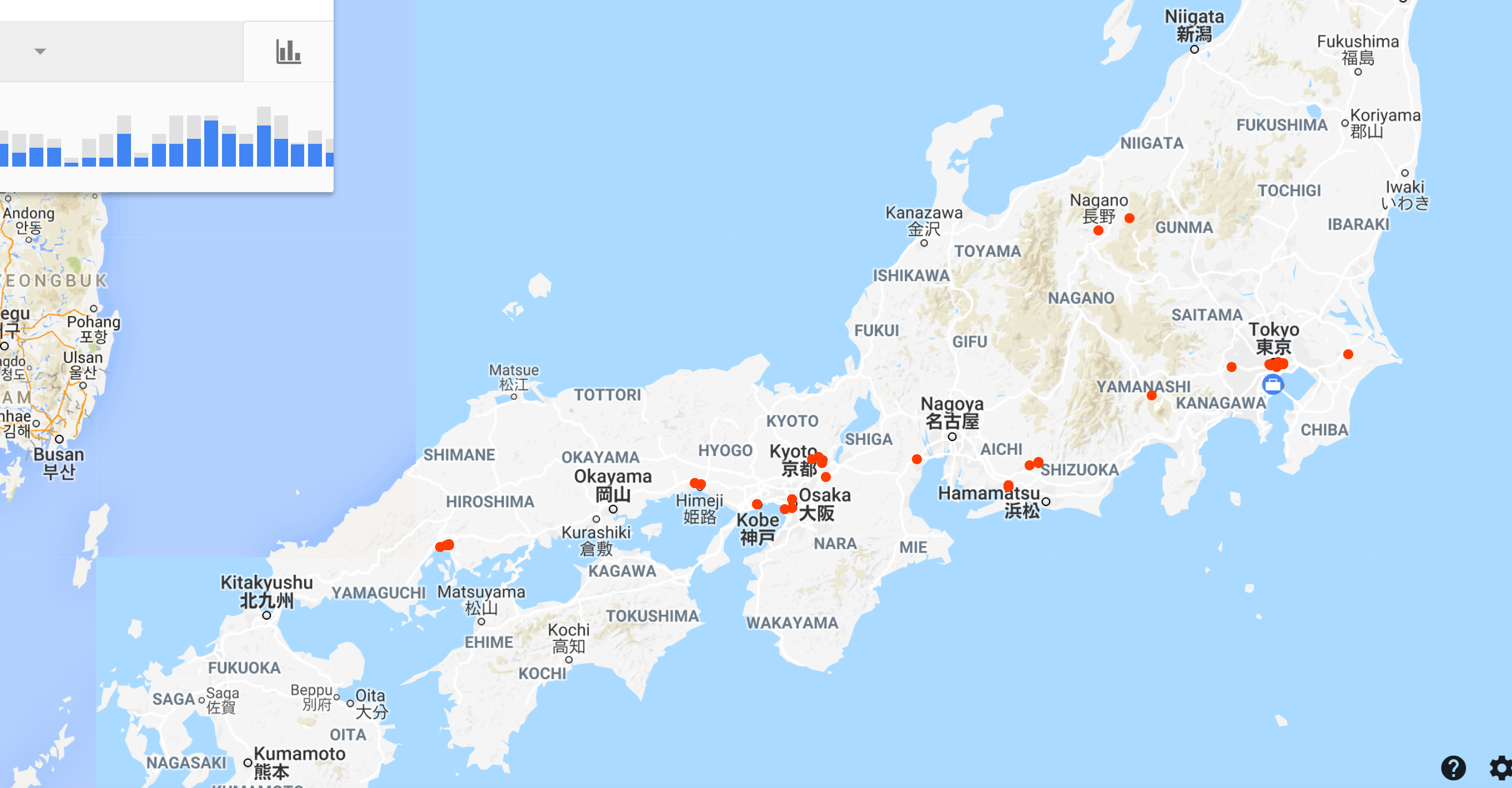
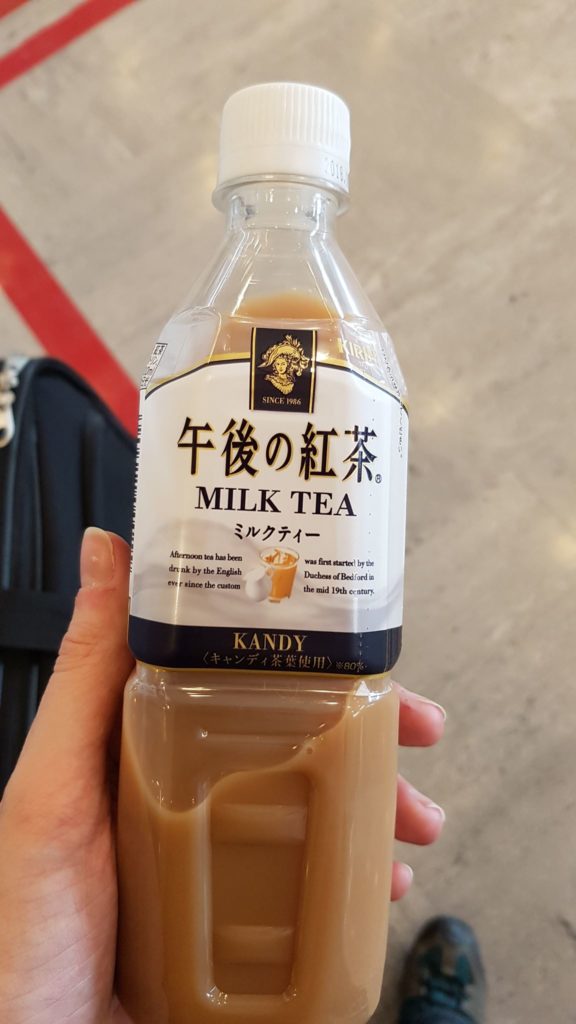
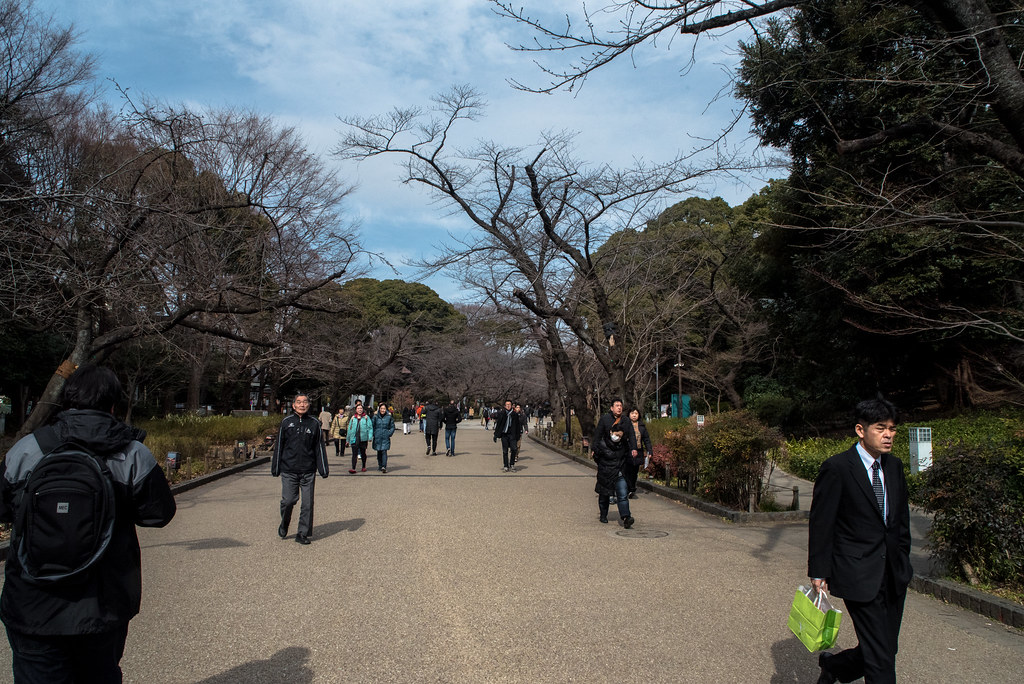

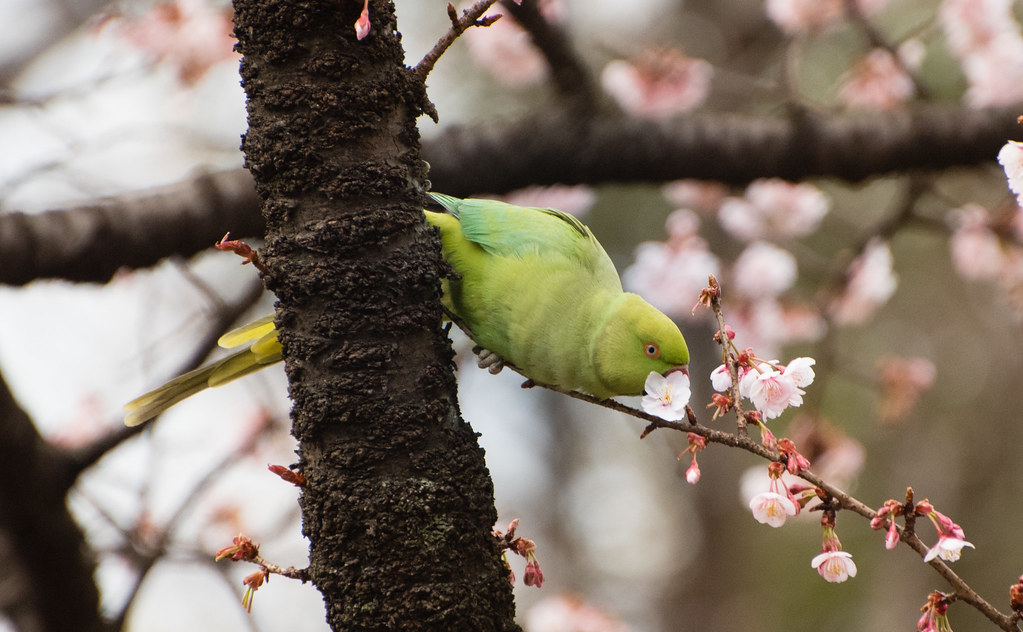
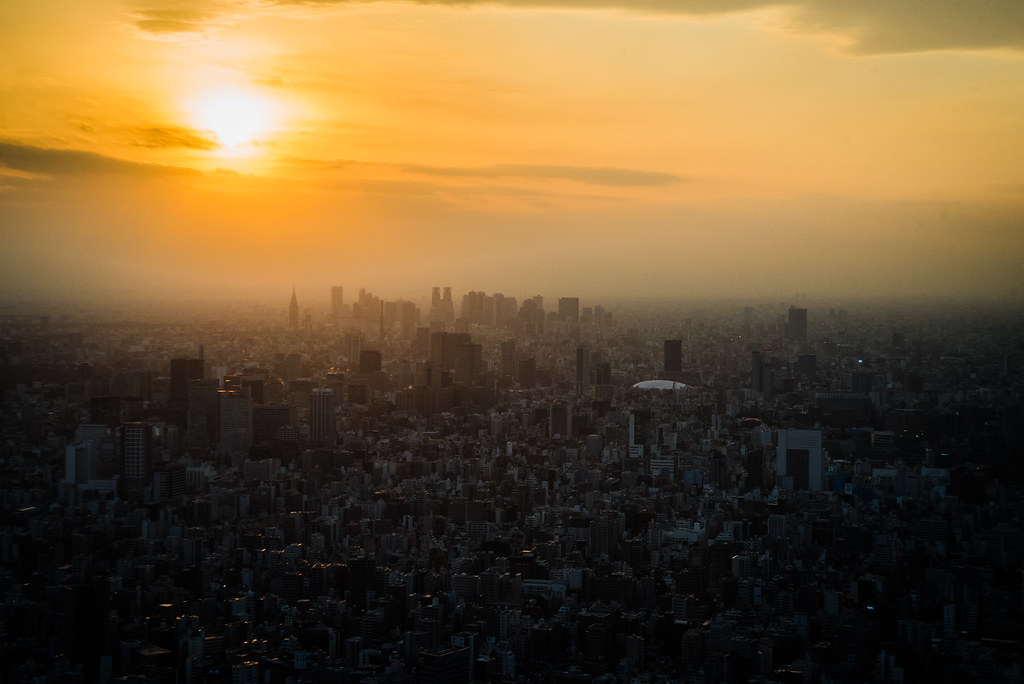
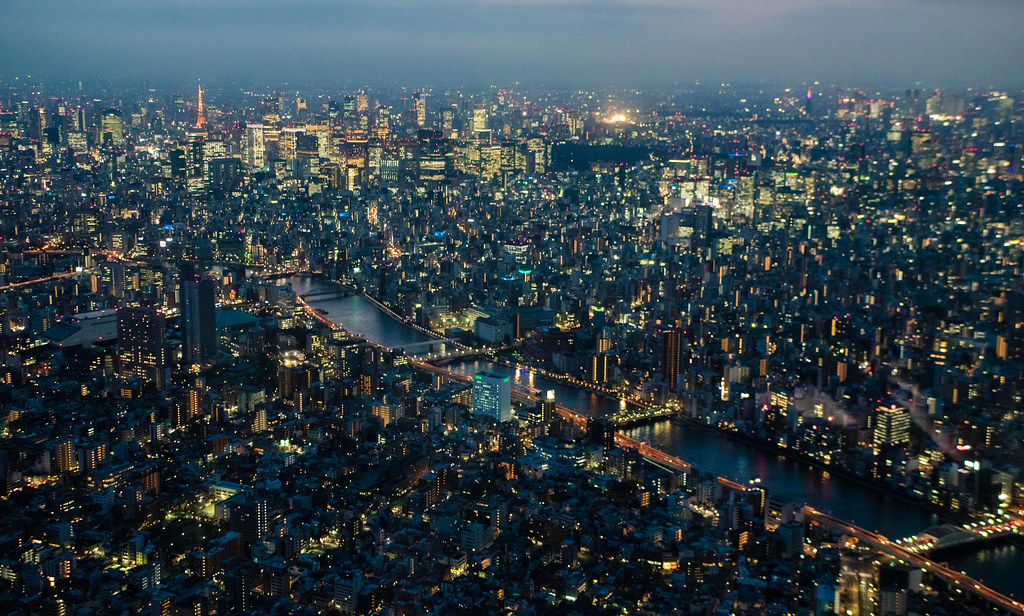
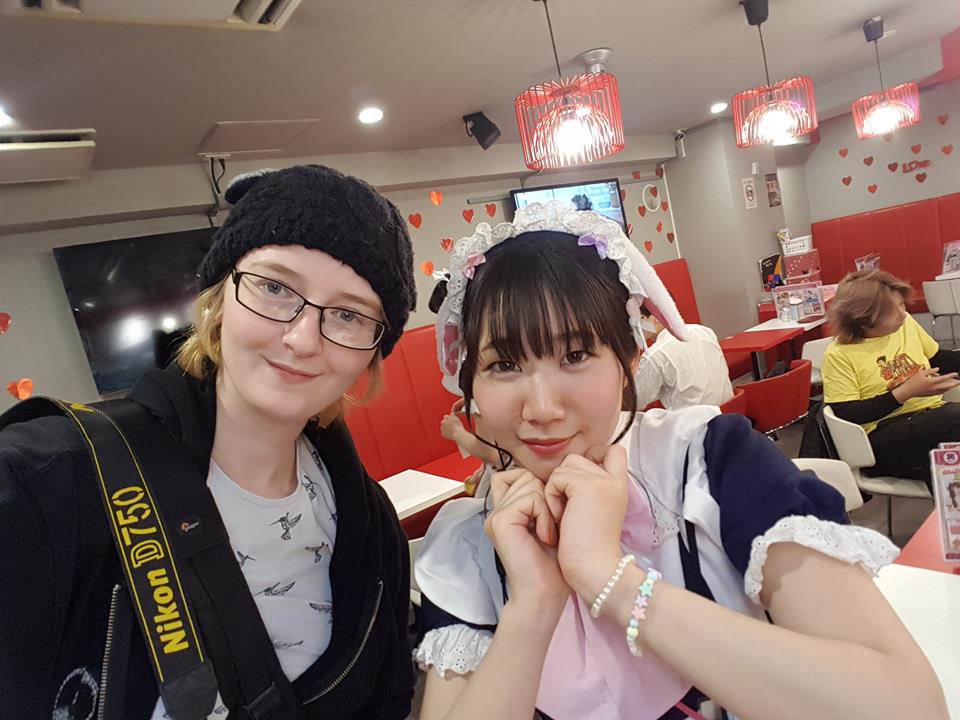
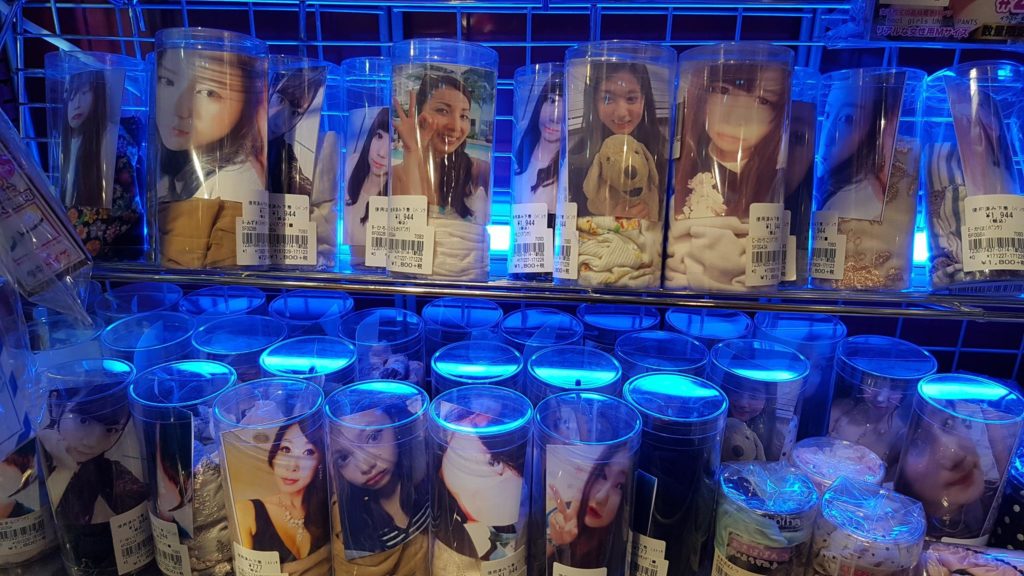

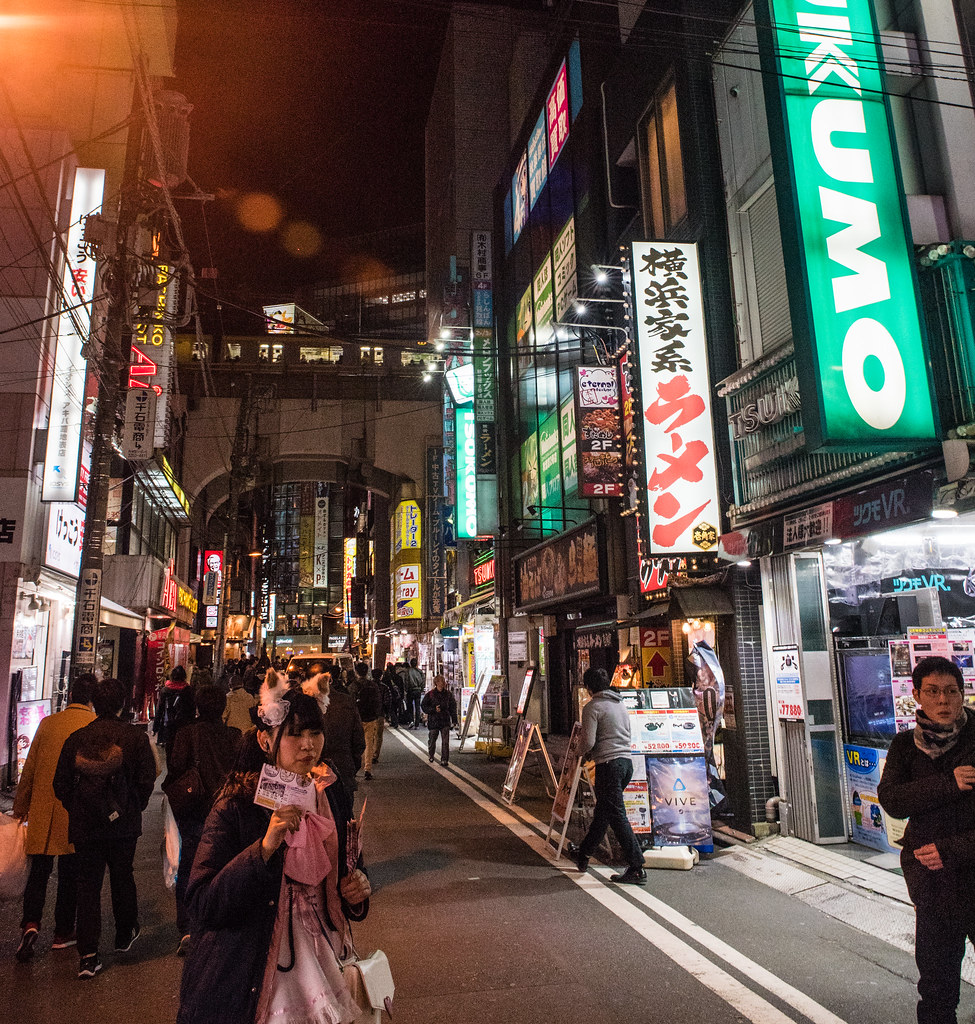


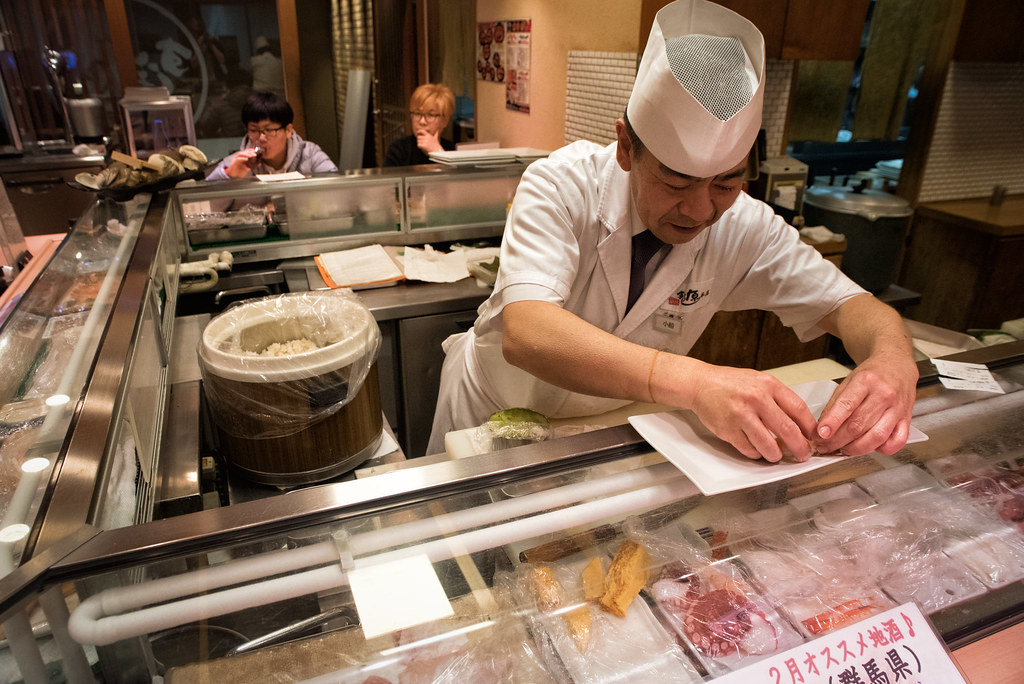
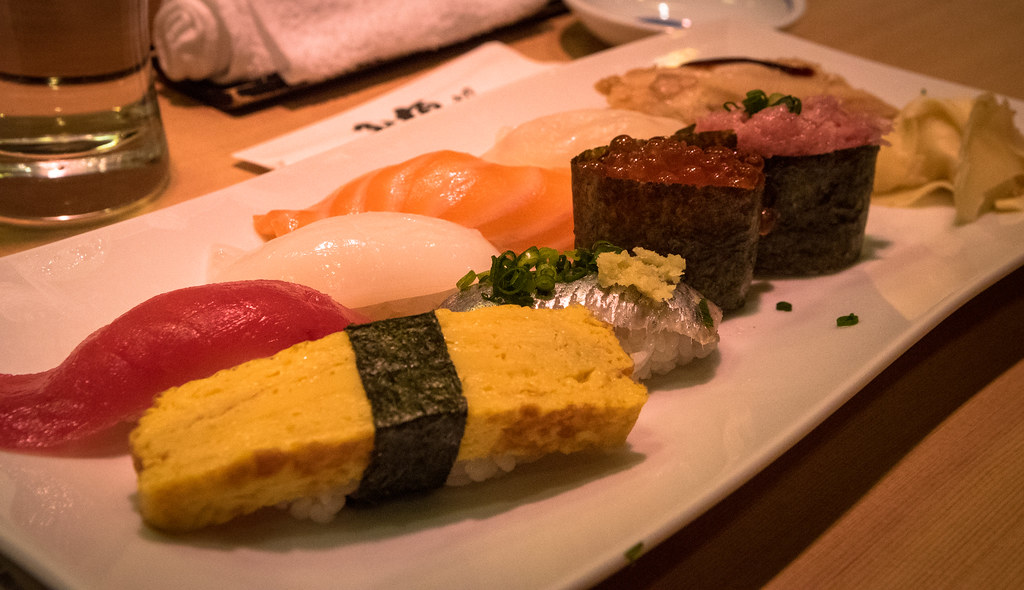
Be First to Comment